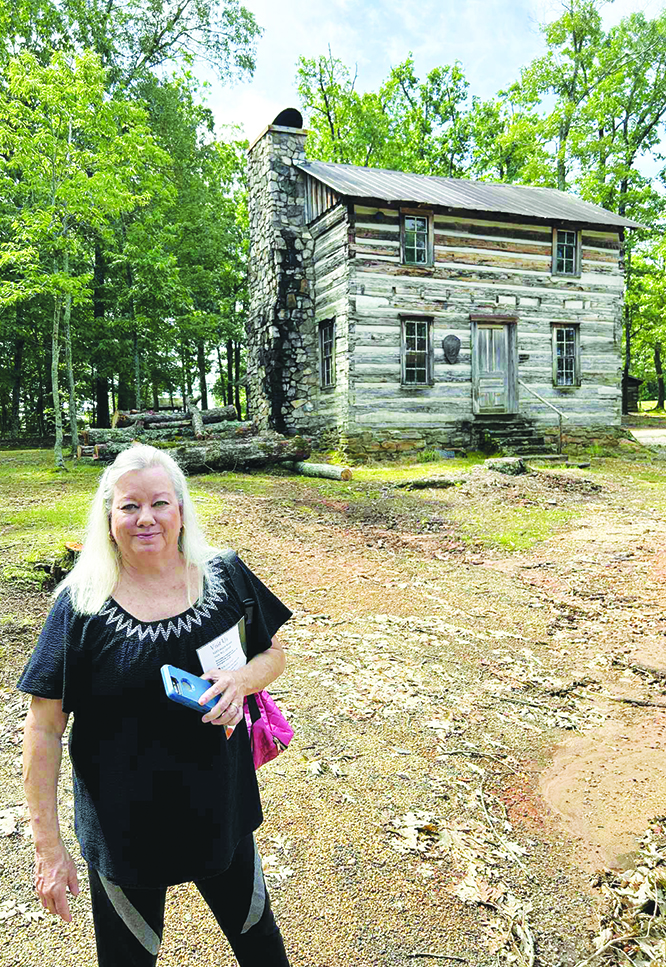Black History: Gullah and Geechee cultures still alive
Published 9:30 am Thursday, February 10, 2022
|
Getting your Trinity Audio player ready...
|
It’s likely you have heard the terms, Gullah and Geechee, but have you ever wondered where these terms derived from, or to whom do they reference?
The Sea Islands, from Sandy Island, S.C. to Amelia Island, Fla. have been designated as the Gullah Coast, which is the most intact West African culture in the U.S. The name Gullah has come to be the accepted name of African-American islanders in South Carolina. Whereas African-American islanders in Georgia are referred to as Geechee.
Gullah, the cultural name of the islanders, is thought to be a derivative from any one of several West African ethnicities or specific locations in Angola and on the Windward Coast of Africa. The Lowcountry has retained ethnic traditions and customs from West Africa, dating back to the mid-1700s.
Many of the traditions of Gullah and Geechee culture were passed down from one generation to the next, most notably language, agriculture, cuisine, and spirituality. Agricultural practices, such as rice growing, along with the tools needed to harvest the rice and fanner baskets for winnowing the rice, came from West Africa. The sweetgrass baskets, as seen in the Lowcountry of South Carolina and Georgia, are made in the same style as baskets found in West Africa.
Charleston, well-known for its beautiful wrought ironwork, which can be seen all over the city, credits Phillip Simmons, a Black Charlestonian artisan ironworker, for many of its most iconic pieces. One of Simmons most photographed pieces is the Egret Gate at 2 St. Michael’s Alley. Referring to someone as Geechee, has historically been considered a negative term. However, with the evidentiary link to West Africa, the term has become acceptable; even a source of pride to the native islanders whom you may strain to understand the dialect of, but understand you perfectly.
Following the Civil War, approximately 2,000 acres of abandoned plantation land on the costal islands were sold to African-Americans during the Port Royal Experiment, part of the government’s Reconstruction Plan. The town of Mitchellville, on Hilton Head Island, became the first all-Black community in the U.S. By the 1900s, land on some of the islands-Cumberland, Jekyll, Ossabaw, Sapelo, and St. Simon- had become resort areas and reserves for natural resources. Conflict persists over much of the coastal islands as developers continue to seek to displace Black residents for resort development.
Remnants of West African culture have survived for generations in the Lowcountry. To honor the untold stories of the African American journey, the City of Charleston will open the International African-American Museum in November 2022.




